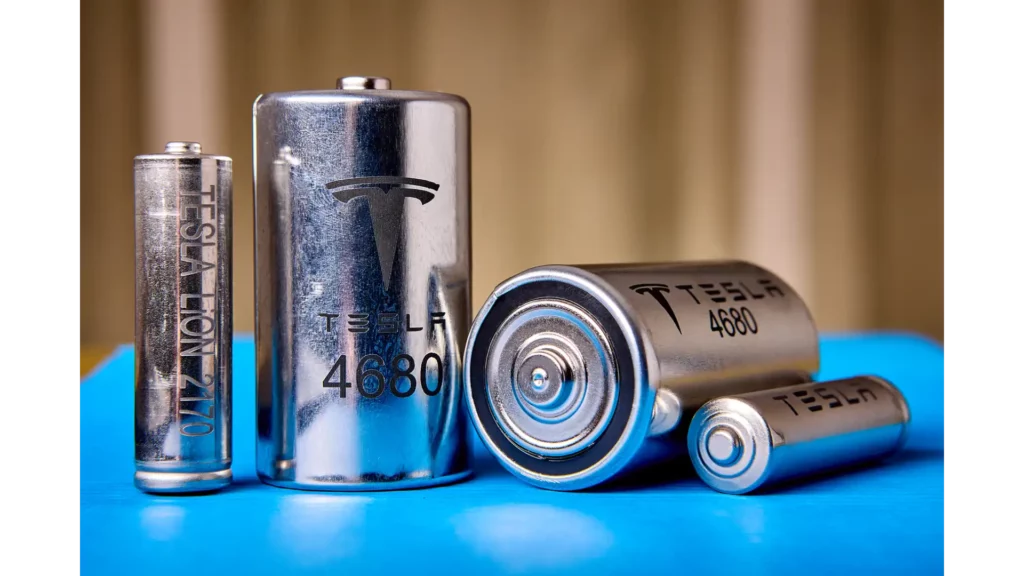In the realm of electric vehicles (EVs), Tesla has consistently set benchmarks that others strive to meet. A cornerstone of Tesla's success and the subject of much fascination is its battery efficiency.
Tesla battery efficiency is not just a buzzword; it's a critical factor that has a profound impact on range, performance, and sustainability.
In this guide, we delve deep into what makes Tesla's efficiency stand out, the technology behind it, and why it matters to consumers and the environment alike.
Understanding Tesla Battery Efficiency
Before we explore the depths of Tesla battery efficiency, it's crucial to understand what battery efficiency means. In the simplest terms, battery efficiency refers to the amount of energy stored in a battery that can be used compared to the energy put into it during charging.
For Tesla vehicles, this concept is paramount because higher efficiency means longer ranges, better performance, and lower costs over the vehicle's lifespan.
The Significance of Tesla Battery Efficiency
Tesla's pioneering battery technology is central to its mission of accelerating the world's transition to sustainable energy.
Tesla battery efficiency plays a critical role in this mission by ensuring that electric vehicles can not only match but surpass the convenience and performance of traditional internal combustion engine vehicles.
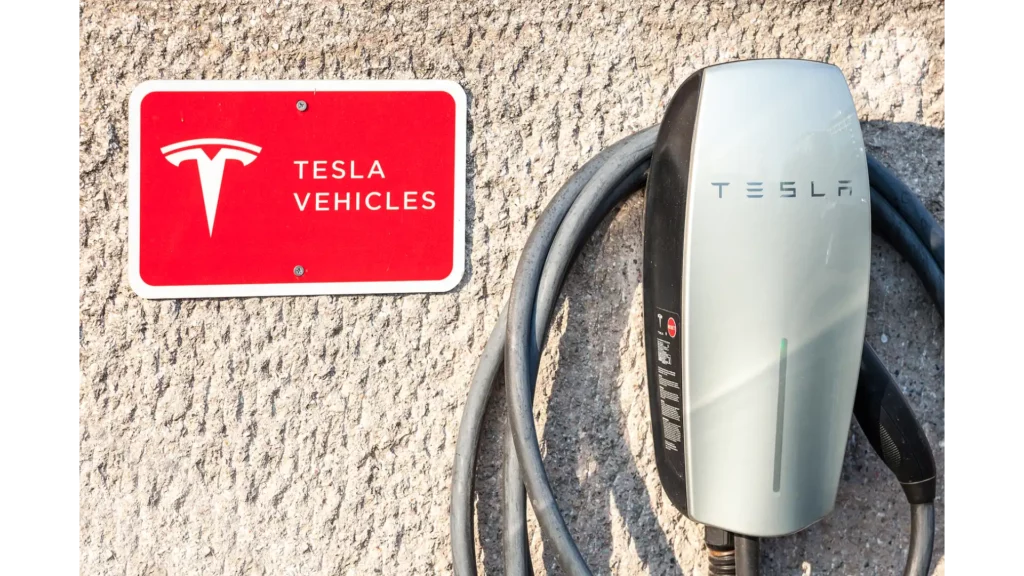
How Tesla Achieves High Battery Efficiency
Tesla's approach to battery efficiency is multifaceted, involving advancements in battery chemistry, innovative cooling systems, and intelligent software algorithms.
By continuously refining these areas, Tesla has managed to push the boundaries of what's possible with battery technology.
- Battery Chemistry and Design: Tesla's use of lithium-ion batteries is enhanced by proprietary chemistry and strategic cell arrangement within the battery pack.
- Innovative Cooling Systems: The efficiency of Tesla's batteries is also supported by sophisticated cooling systems that keep the cells at their ideal operating temperature.
- Intelligent Software and Battery Management: A cutting-edge battery management system is central to Tesla's efficiency.
- Energy Recovery Systems: Tesla incorporates regenerative braking systems that convert kinetic energy back into electrical energy, which is then stored in the battery.
- Optimized Aerodynamics: While not directly related to the battery itself, the aerodynamic design of Tesla vehicles reduces drag, which in turn decreases the energy required to maintain speed.
- Material Innovations: Tesla is constantly exploring new materials and manufacturing techniques to reduce the weight of their vehicles without compromising safety.
- Cell-to-Pack Architecture: Moving beyond traditional battery modules, Tesla's cell-to-pack approach reduces excess packaging material and improves energy density. By eliminating the module stage.
- Sustainable Energy Integration: Tesla's vision integrates vehicle battery systems with renewable energy sources, such as solar panels. By encouraging the use of clean energy for charging,

Tesla Battery Efficiency in Cold Weather
One of the common concerns among electric vehicle owners and prospective buyers is how their vehicles will perform in cold weather. Tesla battery efficiency in cold weather is a subject of considerable interest because lower temperatures can affect battery performance and, consequently, the range of an EV.
Tesla has addressed these concerns through several innovative solutions designed to preserve Tesla battery efficiency in cold weather.
These include pre-conditioning the battery via the Tesla mobile app before driving, advanced thermal management systems that maintain optimal battery temperature, and software optimizations that improve range and efficiency in colder climates.
These measures ensure that Tesla vehicles remain reliable and efficient, even in the face of challenging winter conditions, showcasing Tesla's commitment to versatility and performance in all weather conditions.
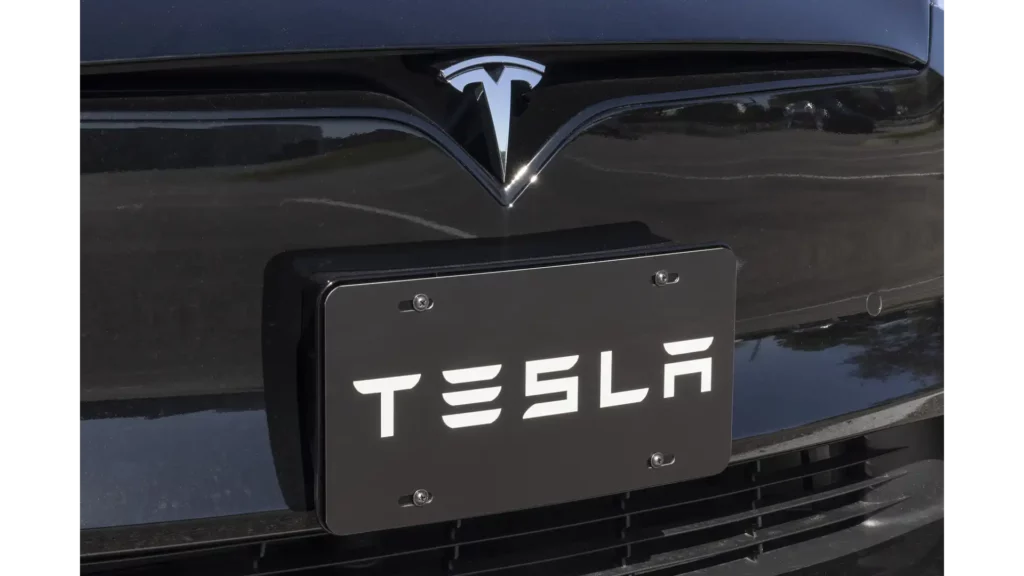
The Impact of Tesla Battery Efficiency
Tesla battery efficiency has far-reaching implications, from environmental benefits to consumer savings and the broader adoption of electric vehicles.
Environmental Benefits
- Reduced Carbon Emissions: Tesla's battery efficiency means EVs can travel further on less energy, directly contributing to decreased demand for electricity and, consequently, lower carbon emissions. This efficiency is pivotal in the shift away from fossil fuels and towards cleaner energy sources.
- Resource Efficiency: The higher energy density of Tesla's batteries implies that fewer resources are required per kilowatt-hour of capacity, reducing the environmental impact associated with battery production and disposal.
- Promotion of Renewable Energy: Tesla's push for efficient batteries complements its investments in renewable energy sources, such as solar power, encouraging a holistic approach to sustainability that includes energy production and storage.
Consumer Benefits
- Extended Range and Convenience: With Tesla's efficiency, EVs offer longer driving ranges, reducing range anxiety and making electric vehicles a viable option for more consumers, including those with longer commutes or a preference for less frequent charging.
- Cost Savings: Enhanced battery efficiency leads to significant savings on electricity costs over the vehicle's lifespan. Furthermore, the durability and reliability of Tesla batteries mean lower maintenance and replacement costs, enhancing their economic appeal.
- Improved Performance: Efficient battery usage also translates to better vehicle performance, including quicker acceleration and higher top speeds, making Tesla vehicles not only sustainable but also desirable for their driving characteristics.
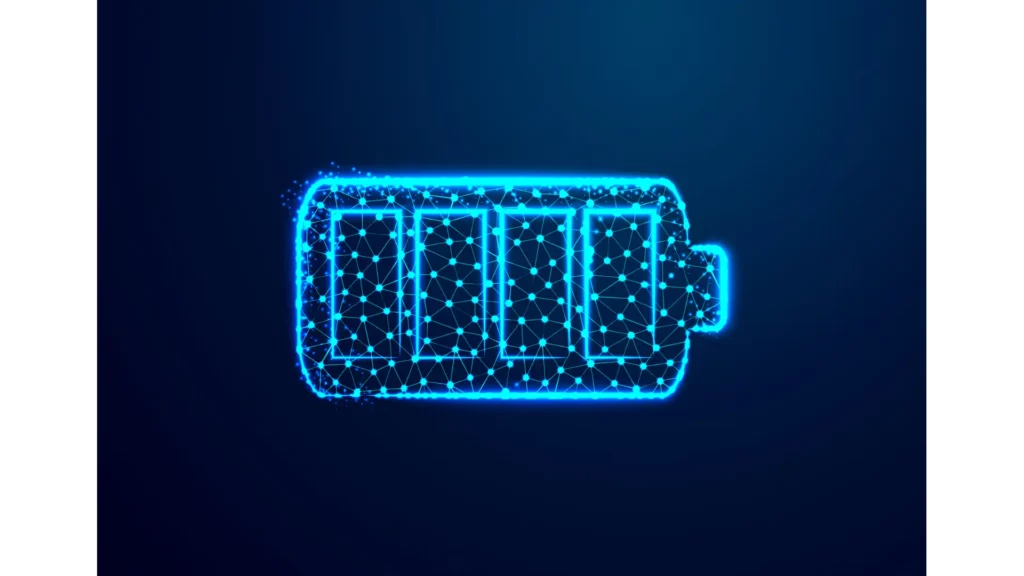
Accelerating EV Adoption
- Setting Industry Standards: Tesla's success in enhancing battery efficiency sets a high standard that compels other automakers to accelerate their own EV developments, contributing to faster innovation across the industry.
- Influencing Consumer Perceptions: By demonstrating that electric vehicles can outperform traditional internal combustion engine vehicles in both efficiency and performance, Tesla is changing public perceptions, making EVs more attractive to a broader range of consumers.
- Stimulating Infrastructure Development: The growing popularity of Tesla vehicles and their efficient battery use encourages the development of EV charging infrastructure, making electric vehicles more practical and accessible for everyday use.
- Policy and Regulation Influence: Tesla's advancements and the resulting consumer interest can lead to more supportive policies and regulations for electric vehicles, including incentives for EV buyers, which further accelerate adoption rates.
Tesla Battery Charging Efficiency: Enhancing the EV Experience
Tesla battery charging efficiency is a crucial factor that enhances the electric vehicle experience by ensuring quick and efficient energy conversion during charging.
This efficiency, optimized through Tesla's advanced technology and battery management systems, minimizes charging time and maximizes convenience for Tesla owners.
By prioritizing Tesla battery charging efficiency, Tesla demonstrates its commitment to innovation and sustainability, making its electric vehicles an attractive and practical choice for consumers.
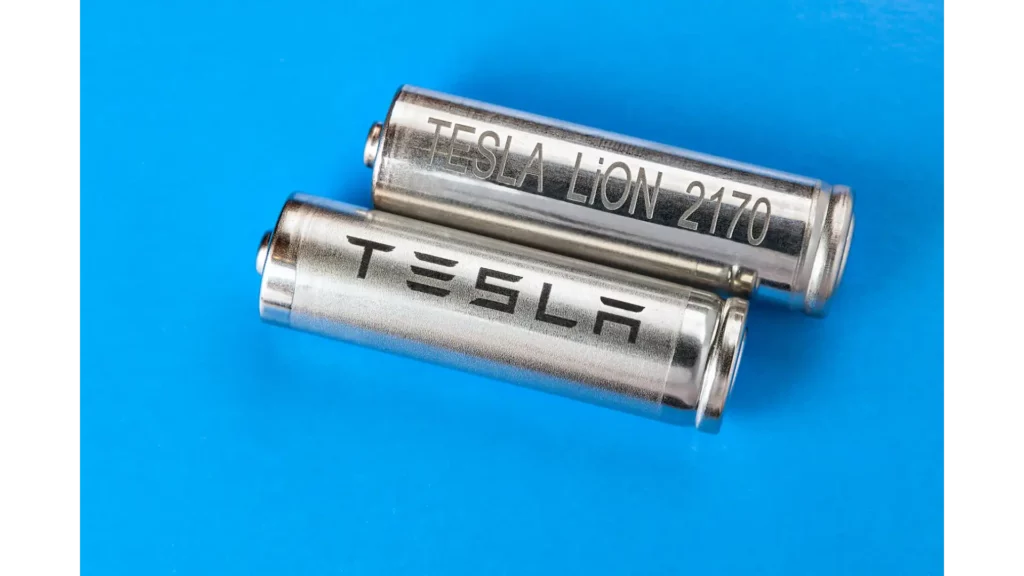
Tesla Model 3 Battery Efficiency: Revolutionizing Electric Vehicles
The Tesla Model 3 battery efficiency represents a groundbreaking advancement in electric vehicle technology, showcasing Tesla's commitment to sustainability and innovation.
By optimizing battery performance, thermal management systems, and aerodynamics, the Model 3 achieves remarkable range while minimizing energy consumption.
This efficiency not only enhances the driving experience but also contributes to reducing carbon emissions and accelerating the adoption of electric vehicles worldwide.
Features of Tesla Model 3 Battery Efficiency:
- Extended Range: The Tesla Model 3's efficient battery system enables drivers to travel longer distances on a single charge, providing unparalleled convenience and flexibility for everyday use and road trips alike.
- Optimized Thermal Management: Advanced thermal management systems ensure that the battery operates within its ideal temperature range, maximizing efficiency and prolonging battery life, even in extreme weather conditions.
- Enhanced Aerodynamics: Streamlined design elements contribute to the Model 3's exceptional efficiency by reducing drag and optimizing airflow, allowing for smoother, more energy-efficient driving experiences.
- Environmental Impact: By minimizing energy waste and reducing reliance on fossil fuels, the Tesla Model 3 battery efficiency plays a crucial role in mitigating carbon emissions and combating climate change, making it a sustainable transportation choice for eco-conscious consumers.
- Leading Innovation: The Tesla Model 3 sets a new standard for electric vehicle performance and efficiency, pushing the boundaries of what's possible in automotive engineering and inspiring future advancements in the industry.
- Consumer Benefits: With its impressive battery efficiency, the Model 3 offers consumers lower operating costs, reduced dependence on traditional fuel sources, and a superior driving experience that aligns with Tesla's mission of accelerating the world's transition to sustainable energy.
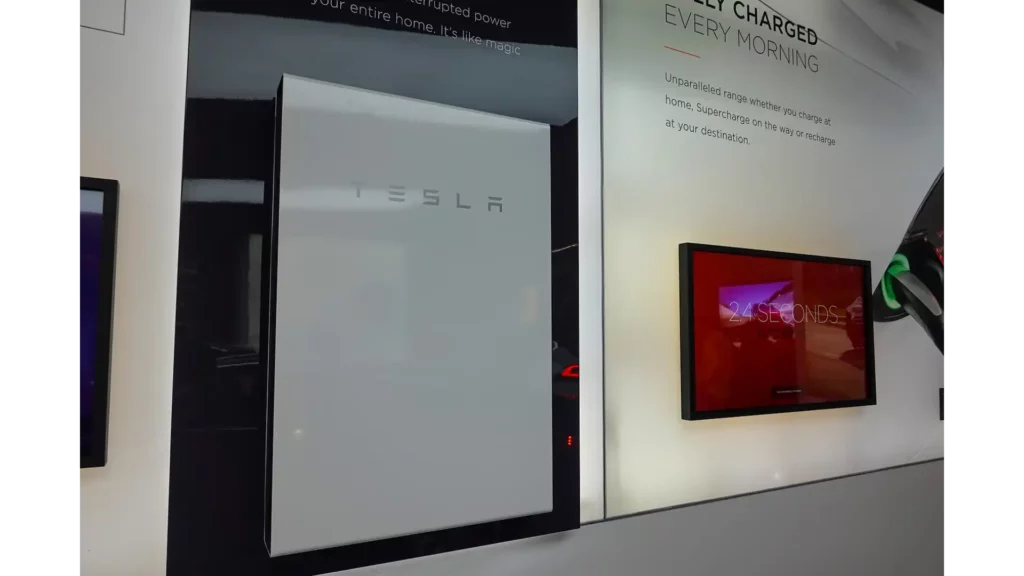
The Future of Tesla Battery Efficiency
Looking ahead, Tesla shows no signs of slowing down its pursuit of even greater battery efficiency. With initiatives like the development of the new 4680 battery cells and ongoing research into solid-state batteries, Tesla is poised to remain at the forefront of battery technology.
- Innovations on the Horizon
The introduction of the 4680 battery cells is expected to revolutionize Tesla battery efficiency by providing higher energy density and reducing production costs. Moreover, Tesla's research into solid-state batteries promises a future where electric vehicles can achieve even longer ranges and faster charging times.
- The Role of Renewable Energy
Tesla's vision extends beyond vehicles to a sustainable energy ecosystem. The company's advancements in battery efficiency are complemented by its investments in solar energy and energy storage solutions. This holistic approach ensures that the increased demand for electricity as a result of electric vehicles does not lead to higher carbon emissions.

Frequently Asked Questions (FAQs) about Tesla Battery Efficiency
1. How does Tesla measure battery efficiency?
Tesla measures battery efficiency by calculating the amount of energy stored in the battery compared to the energy consumed during driving. This is typically expressed as a percentage and reflects how effectively the battery converts stored energy into usable power for the vehicle.
2. What factors influence Tesla battery efficiency?
Several factors influence Tesla battery efficiency, including temperature, driving behavior, and vehicle maintenance. Extreme temperatures, aggressive driving, and neglecting regular maintenance can all impact the efficiency and performance of Tesla's batteries.
3. Can Tesla's battery efficiency be improved?
Yes, Tesla continuously works to improve the efficiency of its batteries through advancements in battery chemistry, cooling systems, and software optimization. Additionally, software updates can enhance efficiency and performance over time, providing consumers with ongoing benefits.
4. How does Tesla's battery efficiency compare to other electric vehicles?
Tesla's battery efficiency is widely regarded as among the best in the industry. While other electric vehicle manufacturers may offer competitive efficiency, Tesla's focus on research and development, coupled with its integrated approach to battery technology, often results in superior efficiency and range.
5. Does Tesla's battery efficiency vary between different vehicle models?
Yes, Tesla's battery efficiency can vary between different vehicle models due to differences in battery size, weight, and design. Generally, Tesla's more recent models tend to feature advancements in battery technology that result in improved efficiency and performance compared to earlier models.
6. How does Tesla's battery efficiency impact charging times?
Tesla's battery efficiency directly impacts charging times, as higher efficiency means less energy is wasted during charging and more energy is available for driving. This can result in shorter charging times, especially when using fast-charging stations capable of delivering high power output.
7. What role does regenerative braking play in Tesla's battery efficiency?
Regenerative braking, a feature found in Tesla vehicles, contributes to battery efficiency by recapturing energy during deceleration and braking and storing it back into the battery. This helps extend the vehicle's range and improves overall efficiency by reducing energy loss during driving.
8. Are there any drawbacks to Tesla's high battery efficiency?
While Tesla's high battery efficiency offers numerous benefits, including longer range and lower operating costs, there are some potential drawbacks to consider. These may include higher initial purchase prices compared to traditional vehicles and limitations related to charging infrastructure in certain regions.
9. How does Tesla ensure the safety of its high-efficiency batteries?
Tesla prioritizes safety in its battery designs by implementing rigorous testing and quality control measures. Additionally, advanced battery management systems continuously monitor the health and performance of Tesla batteries, helping to prevent issues such as overheating or cell degradation.
10. Can Tesla's battery efficiency impact resale value?
Yes, Tesla's high battery efficiency and reputation for reliability can positively impact the resale value of its vehicles. Buyers often prioritize vehicles with efficient batteries and longer ranges, making Tesla vehicles with high efficiency desirable in the resale market.
Tesla Battery Efficiency Conclusion
Tesla battery efficiency is a testament to the company's commitment to innovation and sustainability. Through its advancements in battery technology, Tesla has not only enhanced the performance and attractiveness of electric vehicles but has also made a significant contribution to the fight against climate change.
As we look to the future, Tesla's ongoing research and development in battery efficiency will undoubtedly continue to shape the landscape of electric transportation and renewable energy.
Tesla's journey towards higher battery efficiency is a fascinating story of innovation, determination, and a relentless pursuit of a sustainable future. As electric vehicles become increasingly mainstream, the lessons learned and the technologies developed by Tesla will play a pivotal role in shaping a cleaner, greener world.

